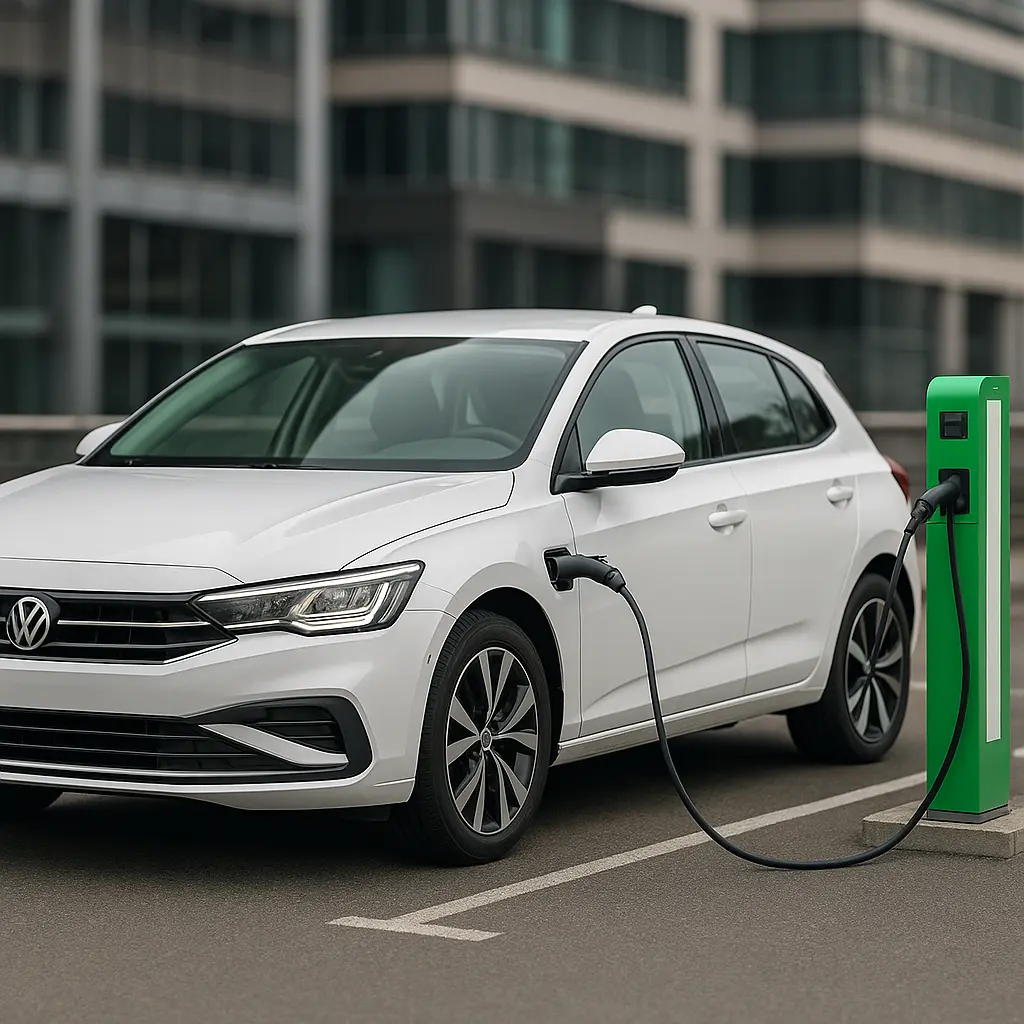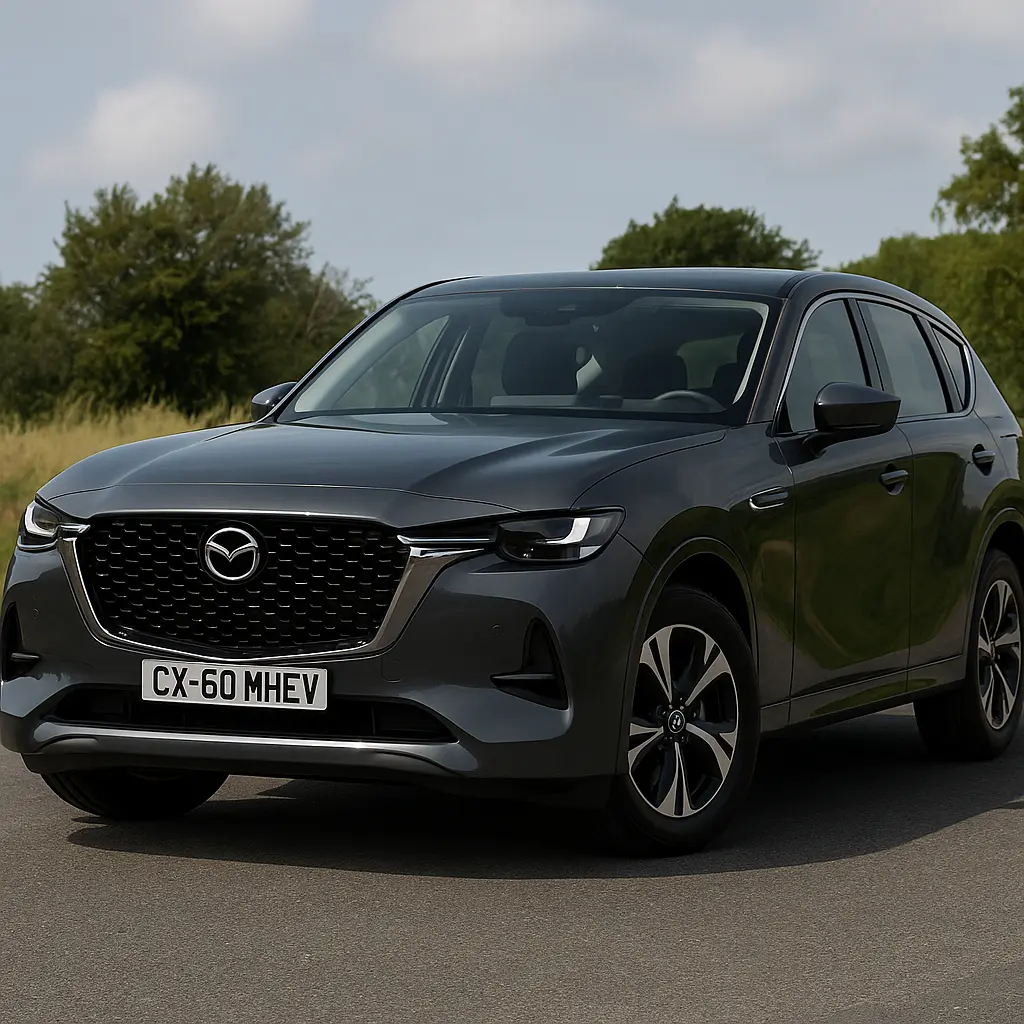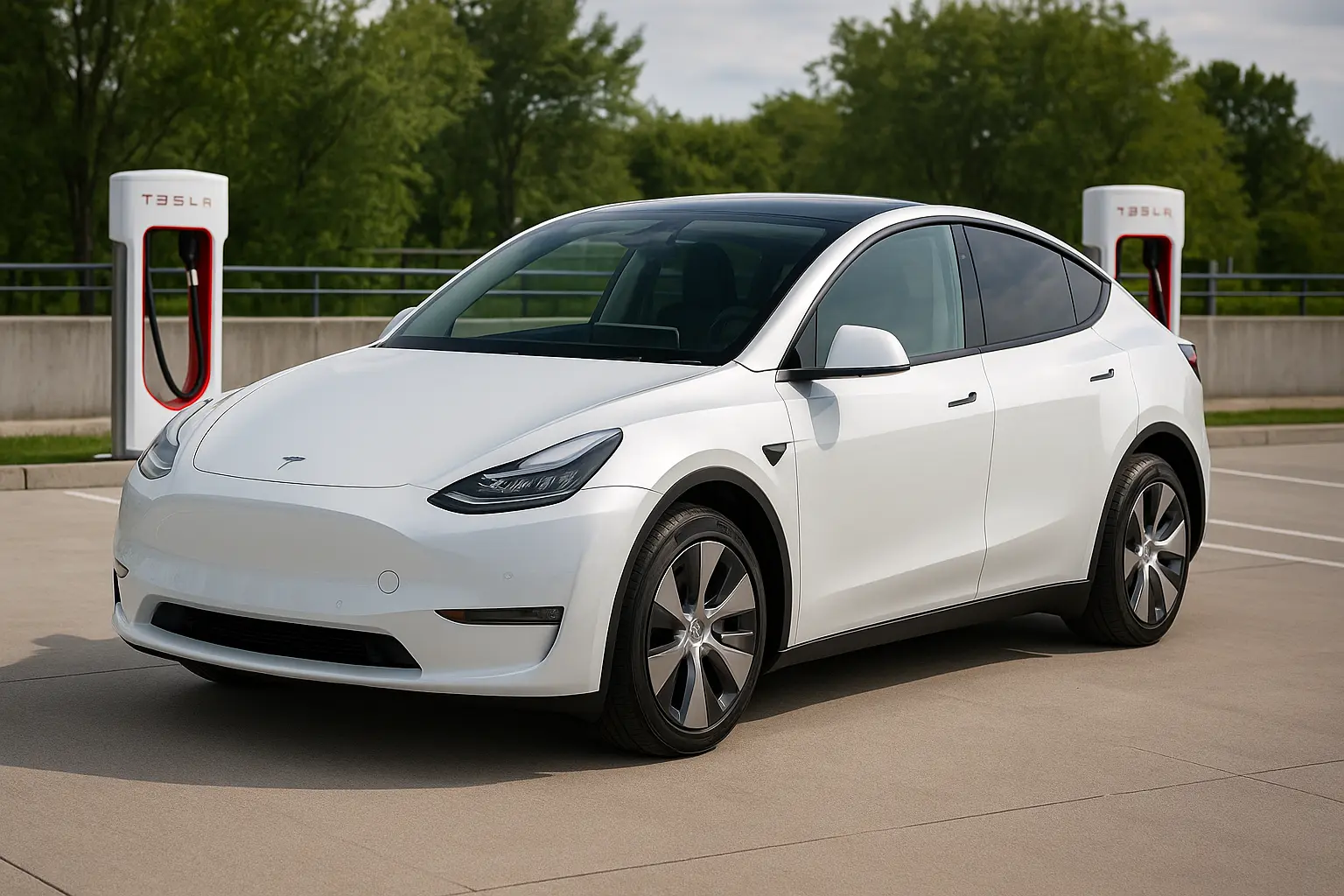What Is a Mild Hybrid? And Should Aussies Care in 2025?
Introduction: Hybrid Cars in Australia – Why It Matters in 2025
Australia's automotive market is in the midst of a significant transformation. Electric vehicles (EVs) are gaining traction, traditional petrol engines are becoming cleaner, and hybrids are evolving rapidly. Among them, mild hybrids have become a buzzword—but many Aussies still don’t fully understand what they are or why they matter.
In 2025, as fuel prices fluctuate and environmental concerns grow, understanding mild hybrids can help you make a smarter car purchase. So, let’s decode what a mild hybrid really is and whether it deserves your attention.

What Is a Mild Hybrid?
A mild hybrid vehicle (MHEV) is a car that combines a traditional internal combustion engine (ICE) with a small electric motor and battery. Unlike full hybrids or plug-in hybrids, mild hybrids cannot drive on electricity alone. Instead, the electric system assists the engine to improve fuel efficiency, reduce emissions, and support functions like stop-start systems.
Key Characteristics:
No plug-in required – The system charges itself via regenerative braking.
Electric motor support only – The electric motor can’t propel the car on its own.
Enhanced fuel efficiency – Typically 5–15% better fuel economy than a non-hybrid equivalent.
Lower emissions – Mild hybrids reduce CO₂ output, aiding environmental compliance.
How Does a Mild Hybrid Work?
Here’s how the typical mild hybrid system works:
Start-Stop Technology:
The car switches off the engine when idling and restarts it smoothly using the electric motor.Regenerative Braking:
Energy from braking is captured and stored in a small battery.Power Assist:
During acceleration, the electric motor provides additional torque to reduce engine load.Energy Management:
The system helps power accessories and reduces strain on the petrol/diesel engine.
Mild Hybrid vs Full Hybrid vs Plug-In Hybrid vs EV
Let’s compare the main types of vehicle electrification so you know where mild hybrids stand.
| Feature | Mild Hybrid (MHEV) | Full Hybrid (HEV) | Plug-In Hybrid (PHEV) | Electric Vehicle (EV) |
|---|---|---|---|---|
| Electric-only Driving | ❌ No | ✅ Short distances only | ✅ 40–80km (varies) | ✅ 100% electric |
| Plug-in Required | ❌ No | ❌ No | ✅ Yes | ✅ Yes |
| Fuel Efficiency Boost | ✅ Moderate | ✅ High | ✅ Very high | ✅ Zero fuel required |
| Emissions | ✅ Lower than ICE | ✅ Lower than MHEV | ✅ Much lower | ✅ Zero emissions |
| Purchase Cost | ✅ Lower entry price | ✅ Moderate | ❌ Higher | ❌ Highest upfront |
| Charging Infra Needed | ❌ No | ❌ No | ✅ Yes | ✅ Yes |
Why Are Mild Hybrids Gaining Popularity in Australia?
1. Affordability
Mild hybrids cost less than full hybrids or EVs. For many Aussie buyers who want improved efficiency without the high price of an electric or plug-in hybrid car, MHEVs offer a sweet spot.
2. No Charging Needed
Unlike EVs or PHEVs, mild hybrids don’t require external charging infrastructure—important for rural and regional Australians where public chargers are limited.
3. Better Than Standard Petrol Cars
You still get better fuel economy and reduced emissions, especially in city driving, thanks to start-stop systems and electric assist during acceleration.
4. Smooth Driving Experience
The electric boost results in smoother starts and transitions, making daily commutes more comfortable.
Are Mild Hybrids Enough to Make a Difference?
While not as green as full hybrids or EVs, mild hybrids do contribute meaningfully:
Reduce emissions by up to 15%
Cut down fuel usage, especially in urban stop-start traffic
Lower running costs through reduced fuel bills
Help meet stricter emissions regulations without infrastructure changes
In 2025, as Australia prepares for tighter emissions rules, mild hybrids help manufacturers bridge the gap.
Popular Mild Hybrid Cars in Australia in 2025
1. Mazda CX-60 MHEV
Mazda has introduced its CX-60 with mild hybrid tech alongside a strong petrol engine. Offers power with efficiency and luxury.
2. Suzuki Swift Mild Hybrid
An affordable and fuel-conscious hatch, perfect for urban driving. Offers low emissions and excellent reliability.
3. Kia Sportage MHEV
Spacious and stylish SUV with mild hybrid efficiency and sharp design. No charging required.
4. Ford Puma EcoBoost Hybrid
Sporty compact SUV that’s fun to drive, thanks to its peppy engine and electric boost for acceleration.
5. Land Rover Range Rover Evoque MHEV
Combines off-road luxury with mild hybrid technology, ideal for buyers seeking refinement and eco-awareness.
Pros and Cons of Mild Hybrid Cars
✅ Pros:
Affordable entry into hybrid tech
No need for charging infrastructure
Improved fuel economy
Lower emissions
Smooth start-stop experience
Lower maintenance compared to PHEVs or EVs
❌ Cons:
No electric-only driving
Efficiency gains aren’t dramatic
Still rely on petrol/diesel
Less future-proof than EVs
Do Mild Hybrids Get Government Incentives in Australia?
As of 2025, most government EV incentives in Australia (e.g., tax rebates, rego discounts) are reserved for:
Full EVs
Plug-in hybrids (PHEVs)
Mild hybrids do not usually qualify for these benefits. However, states may offer lower stamp duty or better insurance premiums based on lower emissions. That said, their affordability makes them a practical pick even without subsidies.
Who Should Buy a Mild Hybrid?
Ideal For:
City commuters wanting better fuel economy without lifestyle changes
First-time hybrid buyers unsure about plug-in models
Budget-focused families seeking SUVs with lower running costs
Regional or rural Aussies with limited charging options
Not Ideal For:
Drivers looking to avoid petrol altogether
People wanting EV perks like zero-emission zones
High-kilometre daily drivers who benefit more from full hybrids or EVs
How to Identify a Mild Hybrid While Car Shopping
Here’s what to look for in brochures or specs:
Terms like “MHEV”, “EcoBoost Hybrid”, or “Smart Hybrid”
Smaller battery capacity (typically under 1kWh)
No plug-in port
Lower fuel consumption than equivalent petrol version
Always confirm with the dealership if unsure—it may be listed under marketing names.
Will Mild Hybrids Still Be Relevant by 2030?
Mild hybrids are a transitional technology. They’re:
Useful in reducing emissions today
Cost-effective
Easy for manufacturers to implement
However, as EV infrastructure expands and battery tech becomes cheaper, full electrification may replace MHEVs by 2030. But for now, in 2025, they play an important role in Australia's automotive mix.
Final Verdict: Should Aussies Care About Mild Hybrids in 2025?
Yes—if you’re looking for a fuel-efficient, lower-emission car without the complexity or cost of EVs or PHEVs, mild hybrids are worth serious consideration in 2025.
They offer tangible benefits for urban drivers and regional Australians alike, all while maintaining the convenience of a traditional petrol or diesel vehicle. If your goal is to save on fuel, reduce emissions, and stay future-ready on a budget, mild hybrids are a smart step forward.
Key Takeaways
Mild hybrids combine a petrol engine with a small electric motor—but can’t drive on electricity alone.
They’re more efficient than standard petrol/diesel cars but cheaper than EVs and plug-ins.
Ideal for Aussie buyers seeking better fuel economy without charging infrastructure.
Great for urban commuting and short-to-medium trips.
Don’t expect dramatic performance or government rebates—but enjoy reliable savings.
If you're in the market for a new vehicle in 2025 and want something practical, slightly greener, and wallet-friendly, a mild hybrid might just be your perfect match.
Leave a comment
Your email address will not be published. Required fields are marked *




















